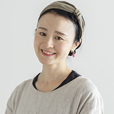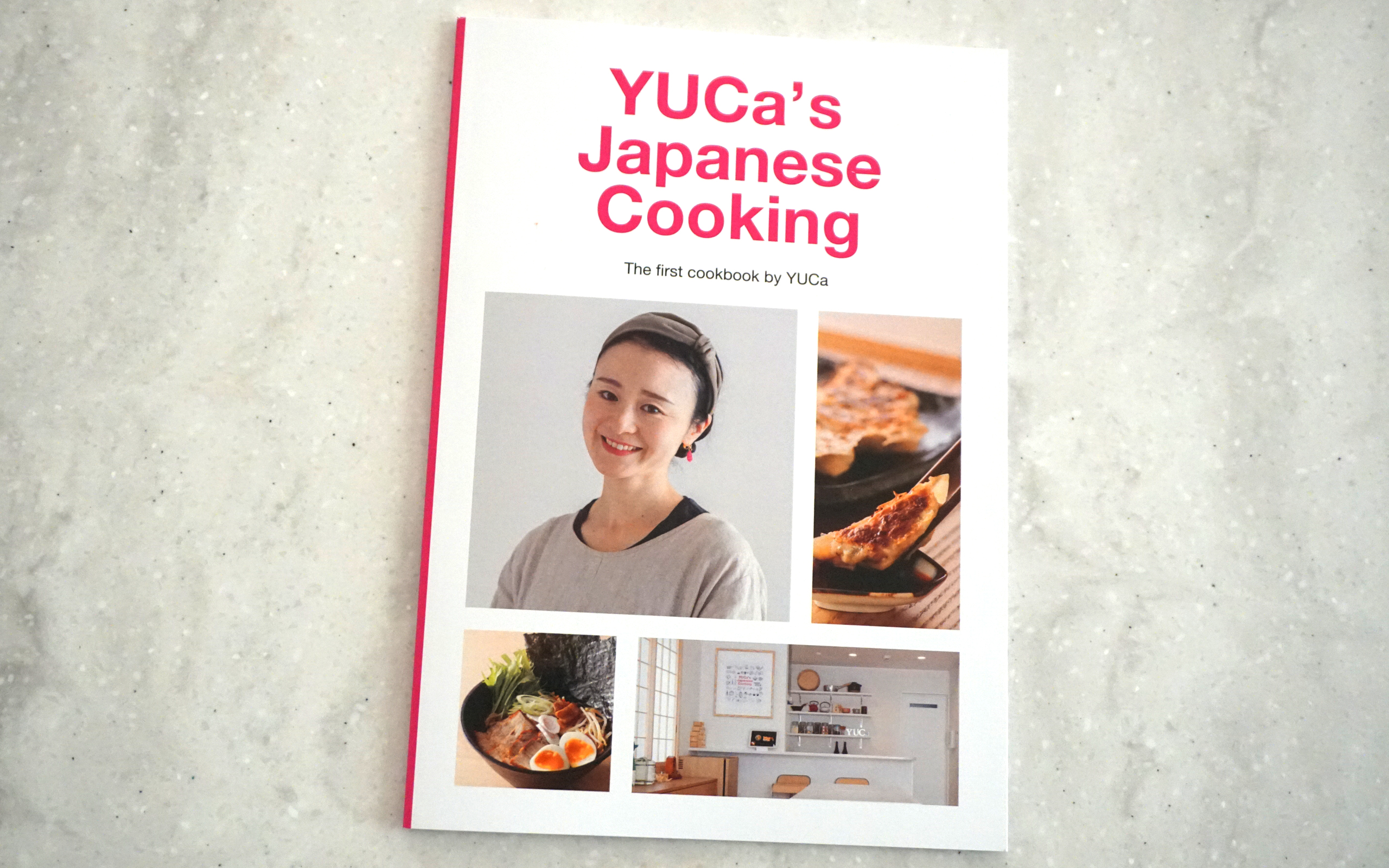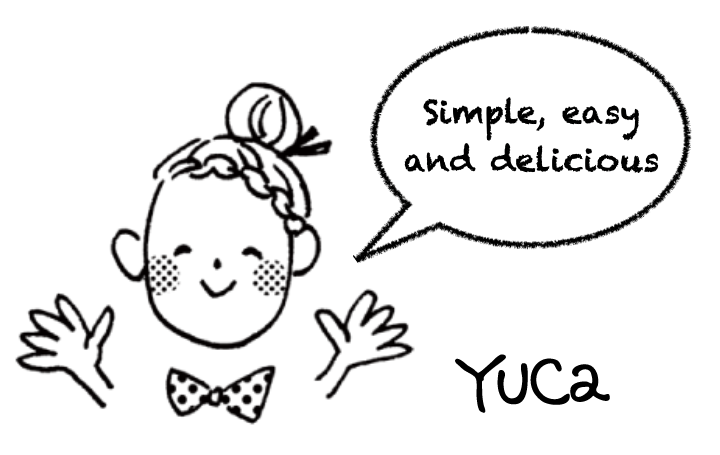Latest Posts
Sunday Market in Kochi (土佐日曜市)
Held every Sunday in Kochi Prefecture, this market called “Nichiyo-ichi” has a history of more than 300 years.

From around 6:00 a.m. to 3:00 p.m., about 300 stores line up along Otesuji Street under the castle in Kochi, stretching about 1 km along its length. Fresh vegetables and fruits, as well as hardware, knives, plants, etc., are sold.

Read More
Sakura Cherry Blossoms in Kochi
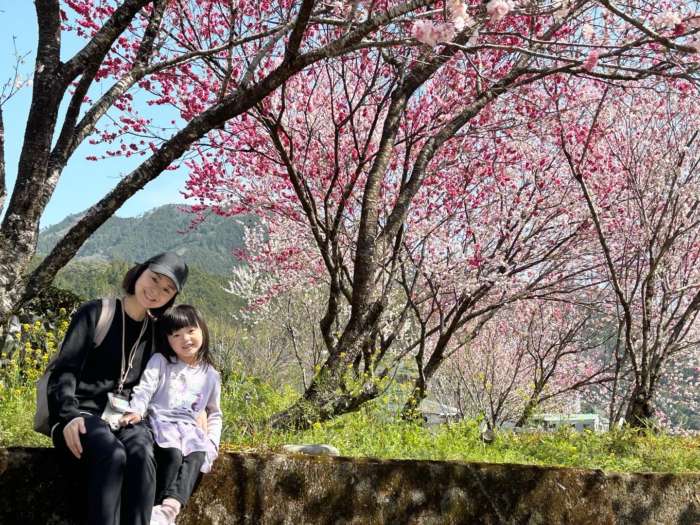
I recently visited Kochi Prefecture with my family. It was just in time for cherry blossom viewing, and we were able to see a 500-year-old cherry tree, which was a great memory. I have taken other photos, so please take a look.
Read More
YUCa’s Tea (Leaf ver.)
We are very happy that YUCa’s Tea, newly launched this year, has been well received by participants of the cooking class and other green tea lovers in Japan and abroad.
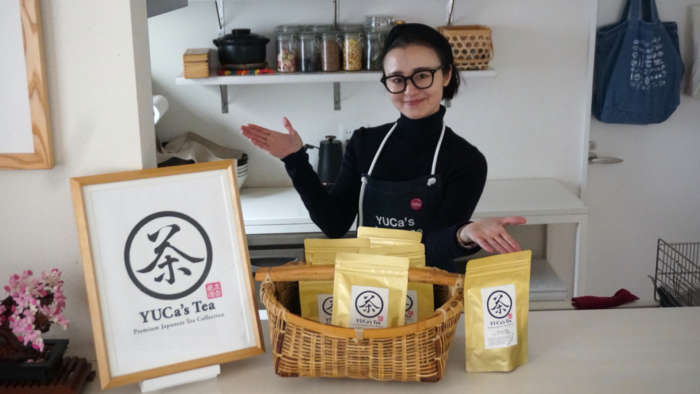
Chiran-cha, which is characterized by its deep roasted flavor, is a tea that I drink regularly, and I am very happy to be able to introduce it to everyone in the form of a commercial product.
The first product was a tea bag type so that people can enjoy green tea easily.
Now, we have decided to commercialize the leaf type as our second product.
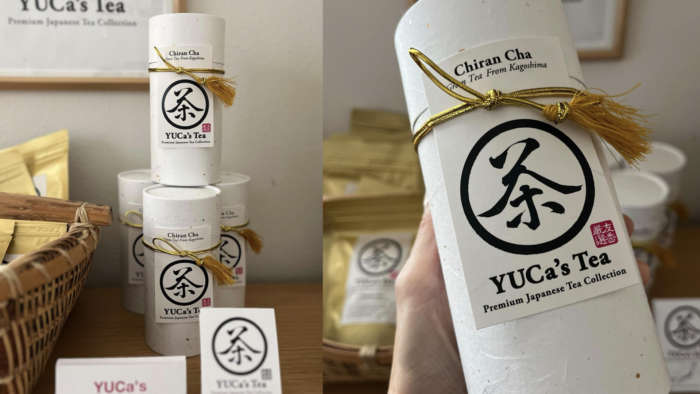
The tea comes in generous quantities, so if you have a teapot, we hope you will enjoy drinking this type of tea!
The characteristics of the tea leaves and the recommended way to drink them are explained in the attached leaflet.
For more information about the YUCa’s Tea, please click here!
https://yjc.tokyo/yucastea
If you are interested in purchasing this product, please reply to this newsletter or contact us from here!
https://yjc.tokyo/contact-us/
All about Mochi
Mochi (もち、餅) is a polite term for mochi, a food made from glutinous rice. Usually, it is made by steaming glutinous rice and pounding it with a pestle, but it is also widely called mochi when made from grains, rice flour, kuzu flour, and other ingredients. It is a round or flattened food.
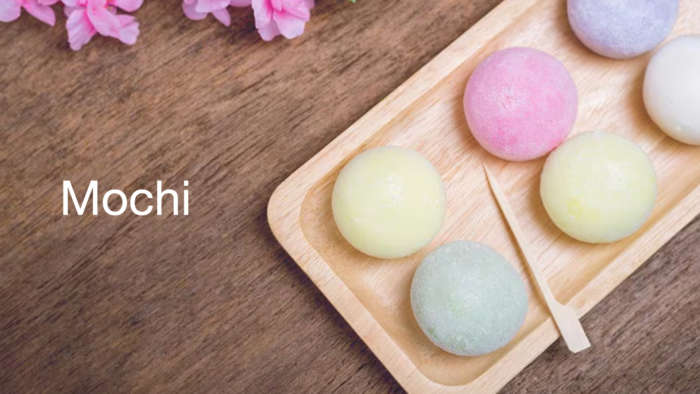
Mochi in foreign countries seems to be widely recognized as a sweet with ice cream.
Mochi are rich in carbohydrates (carbohydrates), which are the main source of energy during exercise; they contain more carbohydrates in 100g than rice.
Many people can eat two or three rice cakes even if they cannot eat a bowl of rice or a bowl of rice. Another excellent point of mochi is that it can be eaten in a variety of ways, such as in soups, wrapped in nori (seaweed), or with daikon radish or natto (fermented soybeans) to take in other nutrients at the same time.
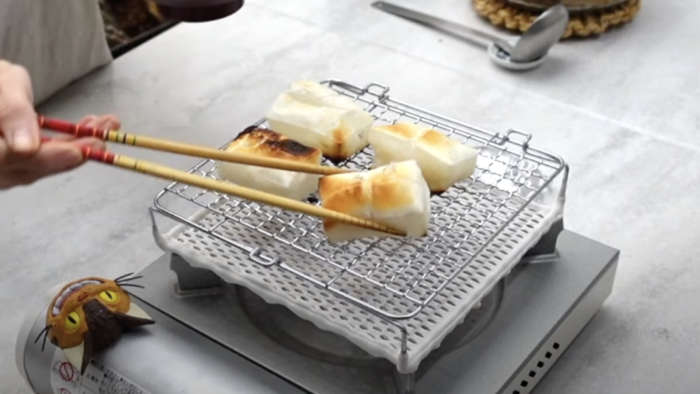
It is believed that the rice cake culture was introduced along with the rice culture. In Japan, in particular, people had a particular preference for the stickiness of mochi, which is said to have led to the creation of a unique mochi culture. It is mentioned in documents from the Nara period (710-794), and at that time it was used as a confectionery for the nobility.
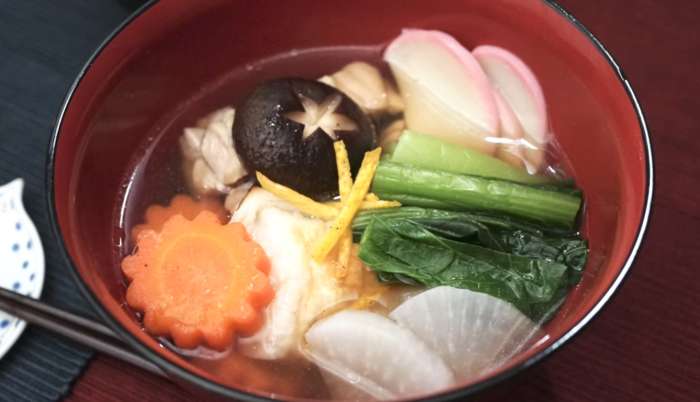
By the Heian period (794-1185), event foods were established and Kagamimochi (mirror-shaped mochi) in January, Hishimochi (rhombus-shaped mochi) in March, and Kashiwa Mochi (mochi wrapped with oak leaf) in May were introduced. Botamochi (adzuki bean mochi) and grilled mochi and mochi sweets became common during the Kamakura period (1185-1333), and became increasingly popular during the Edo period (1603-1868), when mochi sweets were used for annual events.
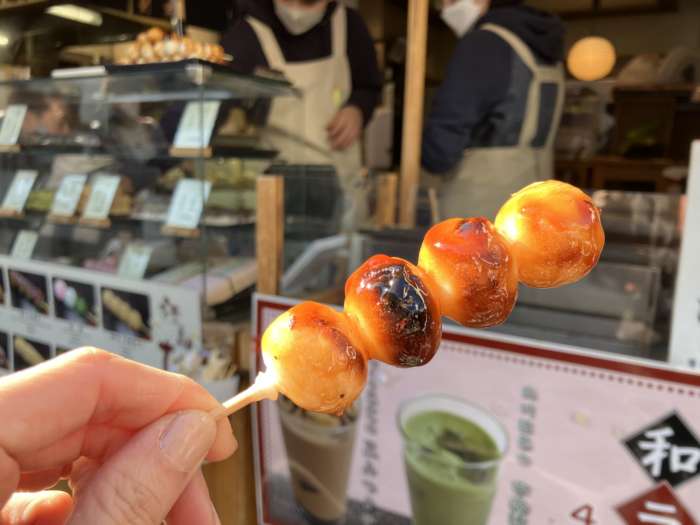
According to statistics from the Ministry of Internal Affairs and Communications, a family in Japan eats about 43 commercially made mochi (about 54 g each) per year.
Relater recipe :
! Caution !
The lower the temperature of mochi, the harder and stickier it becomes. Therefore, cut them into small, easy-to-eat pieces and drink tea or soup to moisten your throat before eating. Also, do not eat too much at once, but chew it well before swallowing.
Kumade (熊手) & Tori-no-ichi (酉の市)
We bought a “Kumade(熊手)” at the Torinoichi (酉の市) market held in Asakusa! Torinoichi(酉の市) is an event held at temples and shrines associated with eagles and birds, such as Tori-no-temples, which are numerous in the Kanto region.
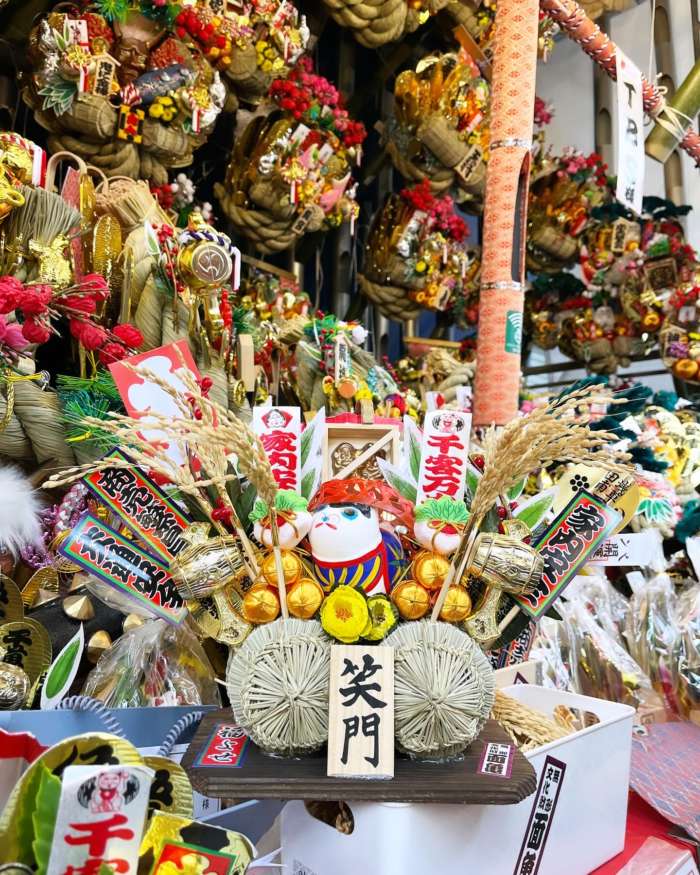
Held every year on the “day of the Tori”(酉の日) in November, visitors purchase lucky charms such as “Kumade”to report their good fortune for the year and wish for good fortune in the following.
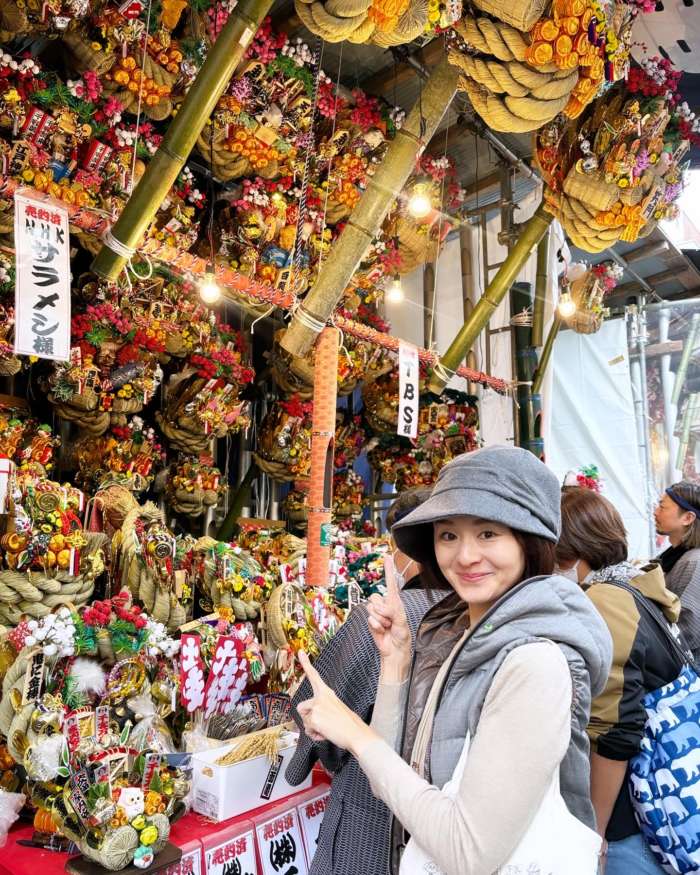
The Kumade, used as a tool for raking up fallen leaves and other debris, is said to be “a tool for raking up luck” or “a tool for raking up gold and silver” because of its shape and function, and has come to be treated as a lucky charm that brings luck, fortune, and prosperity to business.
Read More
“School Revolution” by NTV (Japan)
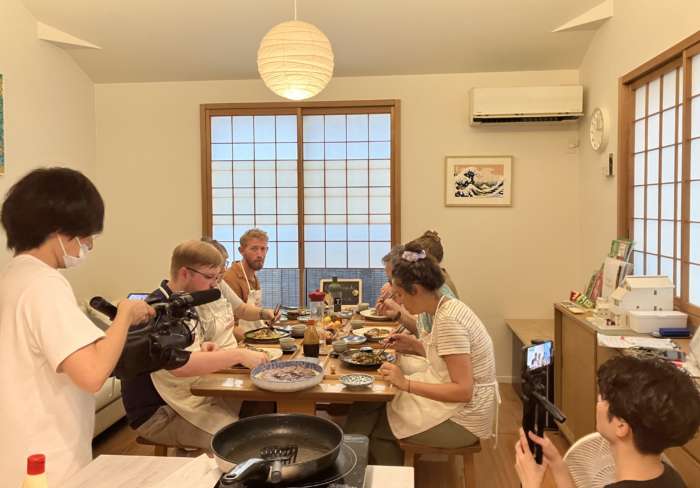
YJC was featured on Japanese TV program. 📺✨
It was a quiz show where the casts would guess what we were making in the class!
To watch this show, click here for special limited edition broadcasts.
Read More
Tokyo Guide : Azabu Juban

Azabu Juban (麻布十番) is a district of Minato (Minato-ward) in Tokyo. Nestled between Roppongi and Tokyo Tower, Azabu Juban is a surprisingly laid-back neighborhood considering its central location. The convenience of several supermarkets in a central location and the proximity of Hiroo and Roppongi make it one of the more trendy and sought after residential areas of Tokyo. With an old-school atmosphere that retains its Edo period roots, this upscale residential area boasts some of the highest rents in the city.
Azabu Juban is also home to several embassies, making it a popular place of residence for diplomats and globally-minded people. This synergy between traditional and metropolitan gives the neighborhood a truly one-of-a-kind feel.
Read More
Japan Guide : Railway Museum in Saitama
Have you ever ridden on a train in Japan? In Japan, there are various railroads running in the east, west, south, and north except for Okinawa.

The place I would like to introduce to you is the “Railway Museum” in Omiya City, Saitama Prefecture. This year marks the 150th anniversary of the opening of Japan’s first railroad between Shimbashi and Yokohama on October 14, 1872 (Meiji 5).
At the Railway Museum, visitors can learn about the role of railroads in Japan, changes in railroad technology, and their impact on society, based on the concepts of “railroads,” “history,” and “education.
Read More
Undo-kai (Sports Day)
Sports Festival (Sports Day), also known as “Undo-kai” (運動会) in Japanese, is a traditional annual event that is generally held in spring or fall. On the day, all students participate in a variety of sports events such as relay and dance performances typically held on the school’s grounds.
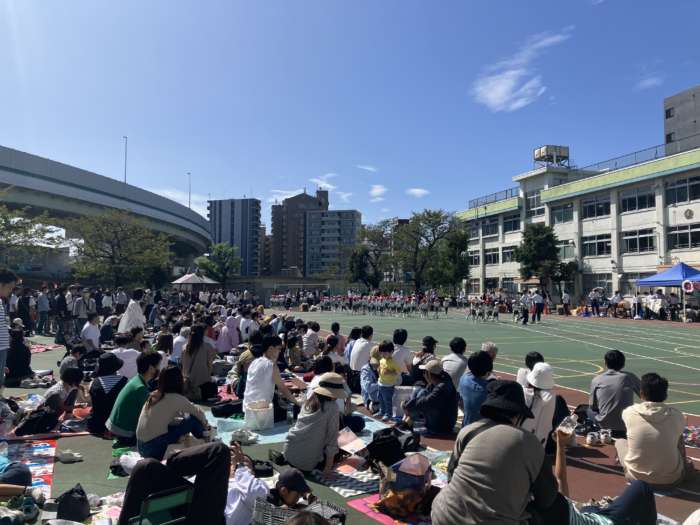
There are competitions in which students are divided into two or more teams and compete to win, which is a lot of fun for the students as well as their parents. Here are some typical athletic competition.
Read More
Annual Events and Food in Japan
Annual Event & Festive Food In Japan

1st – Shogatsu (New Year) : Osechi(-ryori), Fukubukuro, Shimekazari
7th – Nanakusa no Sekku (Seventh-Day New Year) : Nanakusa gayu
11th – Kagami Biraki (Opening the Rice-Cake Offerings) : Oshiruko
15th – Koshogatsu (Small Shogatsu) : Red bean rice porridge
20th – Hatsuka shogatsu : Ozoni

3rd – Setsubun (Seasonal Division) : Ehomaki
8th – Harikuyo (Memorial Service for Needles) : Tofu
10th – Hatsu-uma : Inarizushi

3rd – Hinamatsuri/Momo no Sekku (Doll Festival ) : Chirashizushi
21st – Ohigan (Spring Equinox) : Botamochi

Hanami (Cherry-Blossom Viewing) : Sakuramochi, Dango
8th – Hanamatsuri (Flower Festival)

5th – Tango no sekku,(Children’s Day) : Kashiwa-mochi, Chimaki
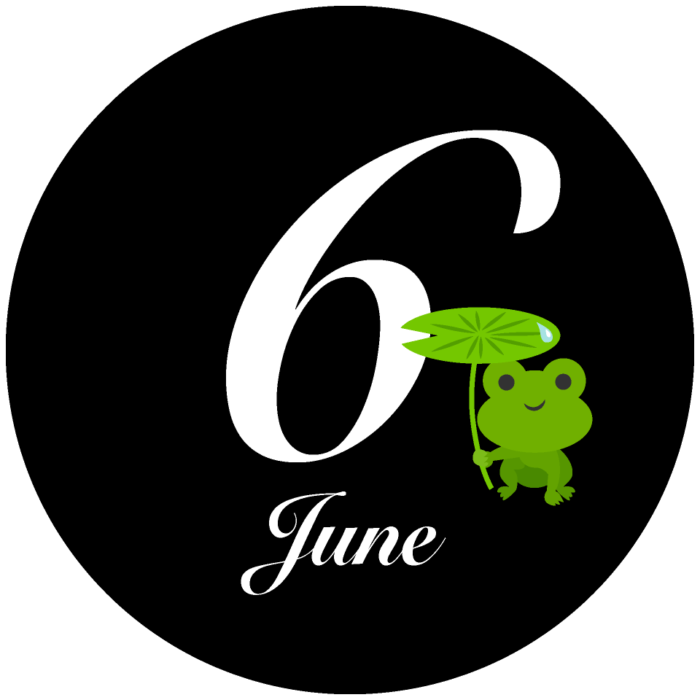
Koromogae (Seasonal Change of Clothing)
Around 10th – Nyu-bai : Plum syrup, Umeboshi

7th – Tanabata (Star Festival) : Somen

15th – Obon (Bon Festival) : Vegetable Tempura, Rice Dumplings, Udon, Inari Sushi

15th – Otsukimi (Moon Viewing) : Tsukimi Dango
Ohigan, Autumn Equinox : Ohagi

19th – Choyo no Sekku (Chrysanthemum Festival) : Kiku-zake, Kikuka-cha, Kiku-monaka *Sept.9 on Lunar Calendar
Undokai, Sports Festival : Bento
Ensoku, School Excursion : Bento

15th – Shichi-go-san (Festive Day for Children) : Osekihan, Chitose-ame, Tai no Shio-yaki

13th – Toshikoshi (Crossing over to a New Year)
Around 22nd or 23rd – Toji (Winter Solstice) : Azuki-gayu, Pumpkin
31st – Omisoka (Last day of the year) : Toshikoshi soba




























